I’m excited and honored to be joining Meredith Farkas and David J. Fiander in a roundtable discussion of Top Tech Trends, an OLITA program at Superconference. We’ve made a pact not to share our trends with each other in advance (no peeking), so it’ll be interesting to see how much overlap we have and how differently we approach the issues where we do have overlap.
Sophistication
The search box with its flashing cursor is a powerful tool, but it’s positively pre-cambrian when compared to our hyper A/V culture. Voice recognition is a reality (try it with Phonepedia), but image search is soon to come.
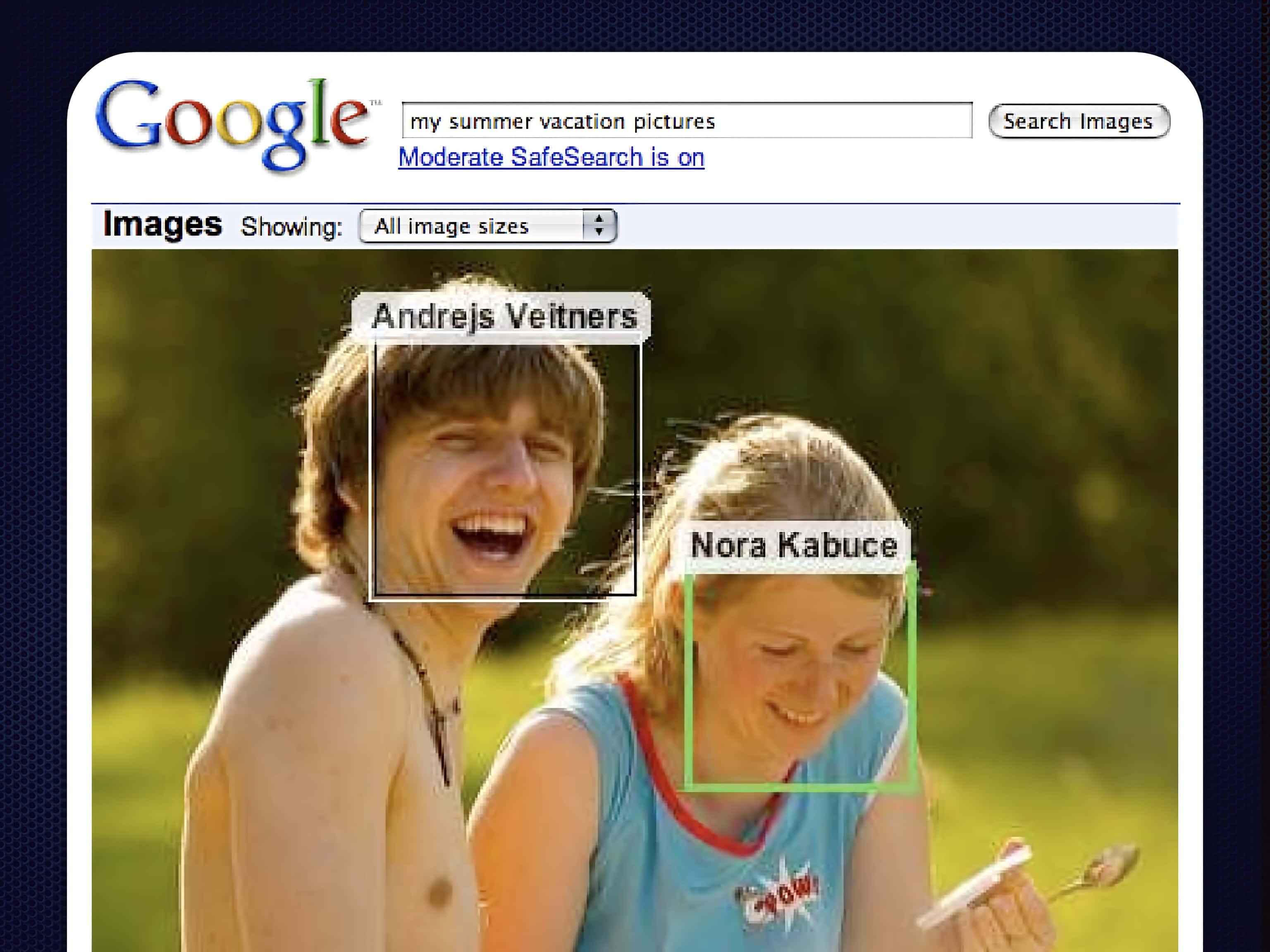
My mock of facial recognition, calendar and geo-integration, and natural language processing in Google image search. All these technologies have been demonstrated independently, but have yet to come together in a consumer application.
Jim Bumghardner’s Flickr Colr Pickr and System One Labs‘ Flickr Retrievr are a bit toy like (in that they’re great fun), but Google is eyeing OCR enabled image search (with implications for Street View and a potential for real open source OCR). Riya is now a “visual search engine,” but in 2006 the company promoted itself as a kind of Flickr with facial recognition. And if identifying your friends in your photos (as well as the crazy guy that made a funny face in the background of your vacation snapshots) is too narrow, Microsoft’s Photosynth will identify the location of your photos and stitch them into the larger fabric of photos around the world.
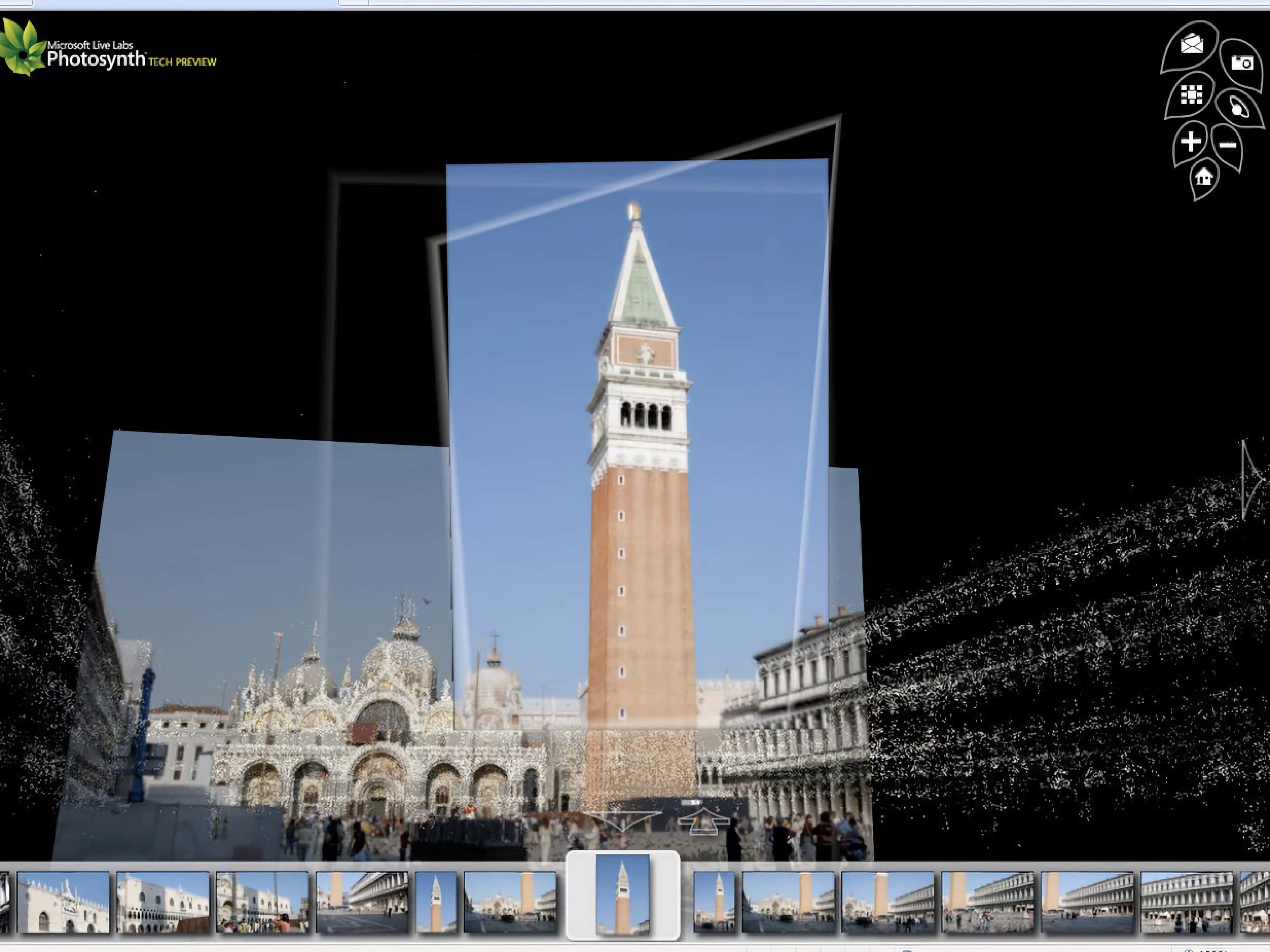
Microsoft’s Photosynth places your photos in-context among a global database of photos representing our built environment. AI parses architectural details from the photos and builds a 3d model, then transforms the bitmap to fit the model in perspective.
Contextualization
Our TVs (and DVRs) are networked, our phones are networked, soon they’ll both be smart enough to talk to each other and pause TV when we pick up our phone (this one does, according to Zach). But the technology that can do that is very nearly the same technology required to make our phones (and computers) aware of what’s on TV (and our TVs aware of what we’re talking about or surfing; see The Pudding). Advertisers are learning to take advantage of the detail afforded by technology, soon they will leverage its integration to target messages across media.
Watching TV, a commercial for a new car plays, you go to browse web, you see banner ads for the same car. You mention car to friends in chat, then sign in to Second Life and get an offer for free virtual car there. You buy real car, then get offer inside Facebook to get exclusive theme based on the new car.
Unlikely? Google recently purchased an in-game advertising network and has plans to generate automated psychological profiles of users, and an unrelated patent speaks of “obtaining revenue from the distribution of hyper-relevant advertising through permissive mind reading, proximity encounters, and database aggregation.”
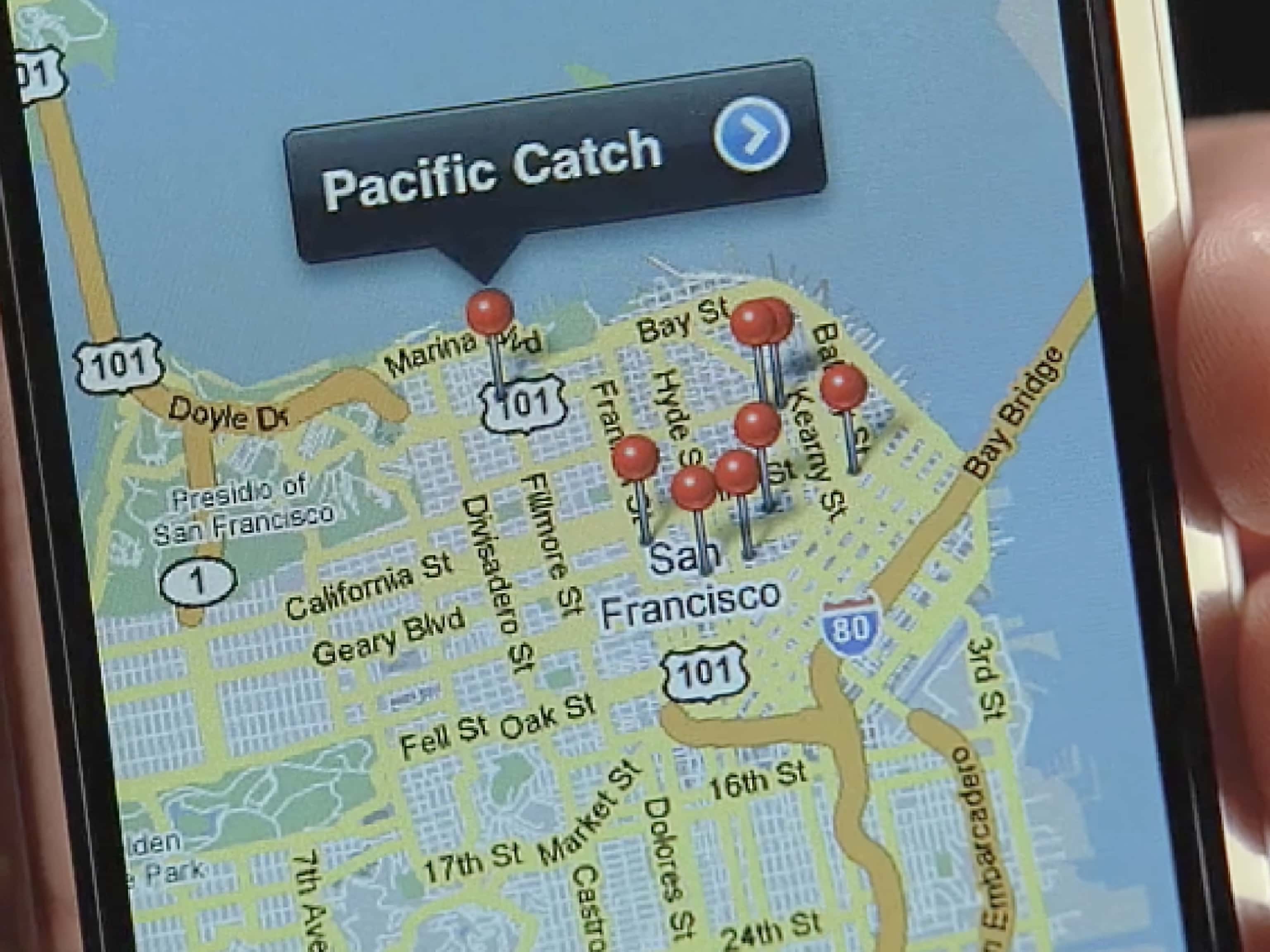
Our mobile devices know where we are in proximity to business and other points of interest. How long before we start getting localized messaging and offers?
But this isn’t limited to advertising. Our iPhones know where we are, how long before the maps application suggests points of interest based on that? Or perhaps our location will be added as part of our web searches in the browser? If locally or contextually relevant results aren’t too creepy, won’t we appreciate them?
Disintermediation
Amazon’s Kindle cuts libraries from the picture, but it could also cut publishers from the picture. Lulu.com made self publishing cool, and Amazon is aiming for the same market. You can read all today’s best sellers on the Kindle, but Amazon is hoping their Digital Text Platform becomes the publisher of choice for tomorrow’s
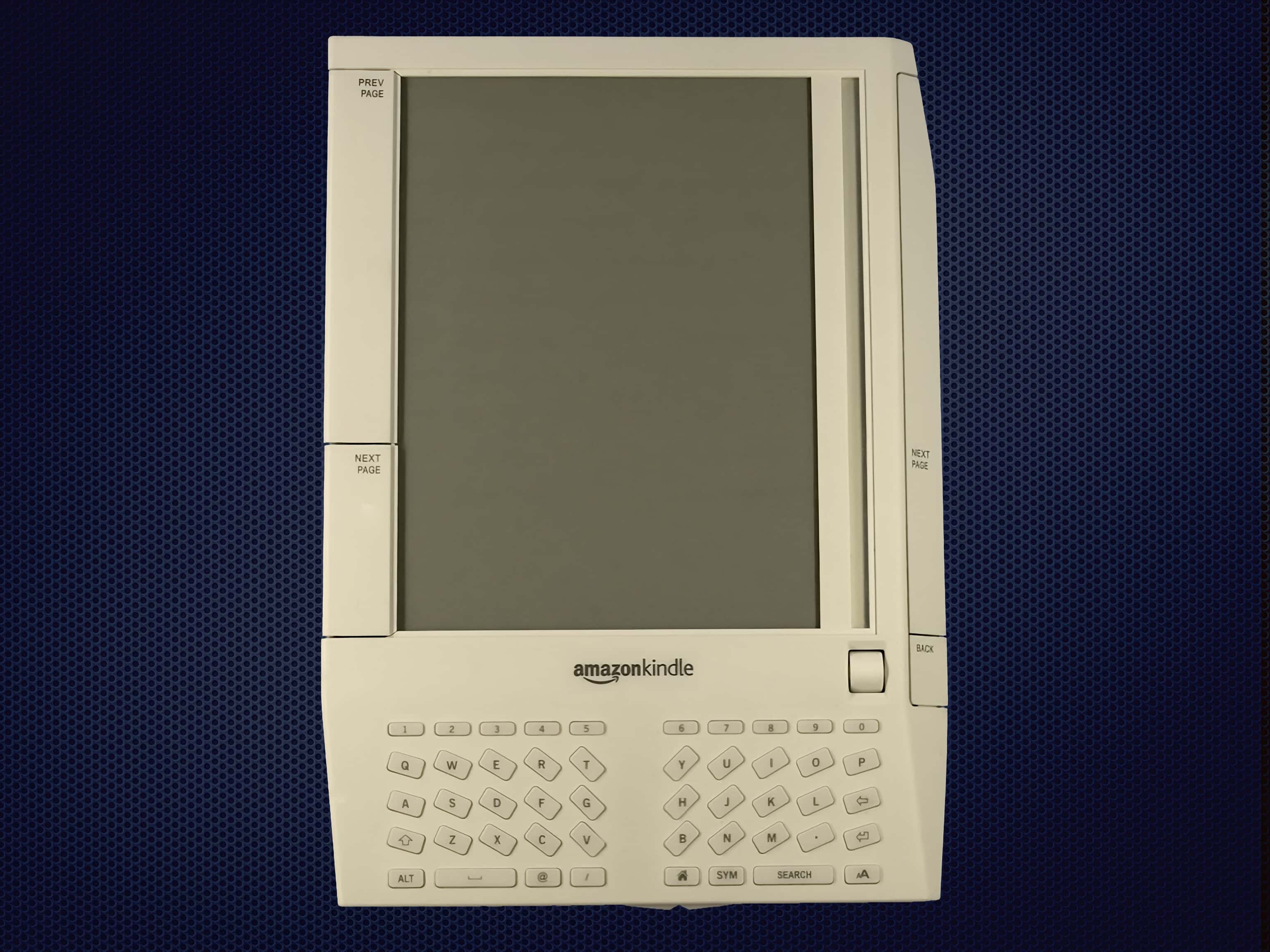
Despite more than a decade of efforts by many contenders, The Kindle has proven to be the world’s first commercially successful e-reader. Now, Amazon is quickly expanding to control devices, distribution, and publishing of media.
But, Lulu and Kindle books are difficult to access for libraries. How will we handle such materials? How might we use the huge volume of full-text digital content that is being created?
Somebody asked a well-published friend of mine for advice about how to get published. His answer: start a blog and you may discover you don’t want a publisher.
There is huge pressure in all markets to leverage technology to reduce costs, but that same technology also better enables content creators to speak directly to content consumers. And the growth of mashups has blurred the line between creator and consumer. Where libraries fit in this picture remains to be seen.
Identity & Reputation
I’ve been saying identity management is the next big thing for a few years now. I may have been calling it by the wrong name, but now it’s a reality.
Facebook is becoming an identity and application platform, Google is countering with OpenSocial, and Gravatar has been acquired by the WordPress.com people. And in the area of single sign-on, Yahoo! and Google have thrown their weight toward OpenID.

Facebook is expanding to become a true platform, offering identity and services for developers to build their own applications.
But who owns your identity or reputation? Who owns your friends? Ebay reputation is valuable, but the exodus of users from MySpace suggests reputation there isn’t.
As we struggle with how to figure out how to deliver services to the Facebook crowd, commercial competitors are leaping right in. Amazon is courting Facebook developers (AWS Blog post) and making it easy for third-party developers to deliver library-like applications (book reviews).
Comments & Contribution
The biggest lesson I’ve learned from my work on Scriblio in libraries is the importance of comments in our systems. Cook memorial library in Tamworth NH, a town of 2500, is discovering new patrons and strengthening the fabric of the community in its comments. The Beyond Brown Paper photo archive has shown that it’s the people of the community that hold its history, the photos we have are only artifacts. Both sites have received hundreds of comments, despite limited access (at best) to broadband and other barriers to use in their target communities.
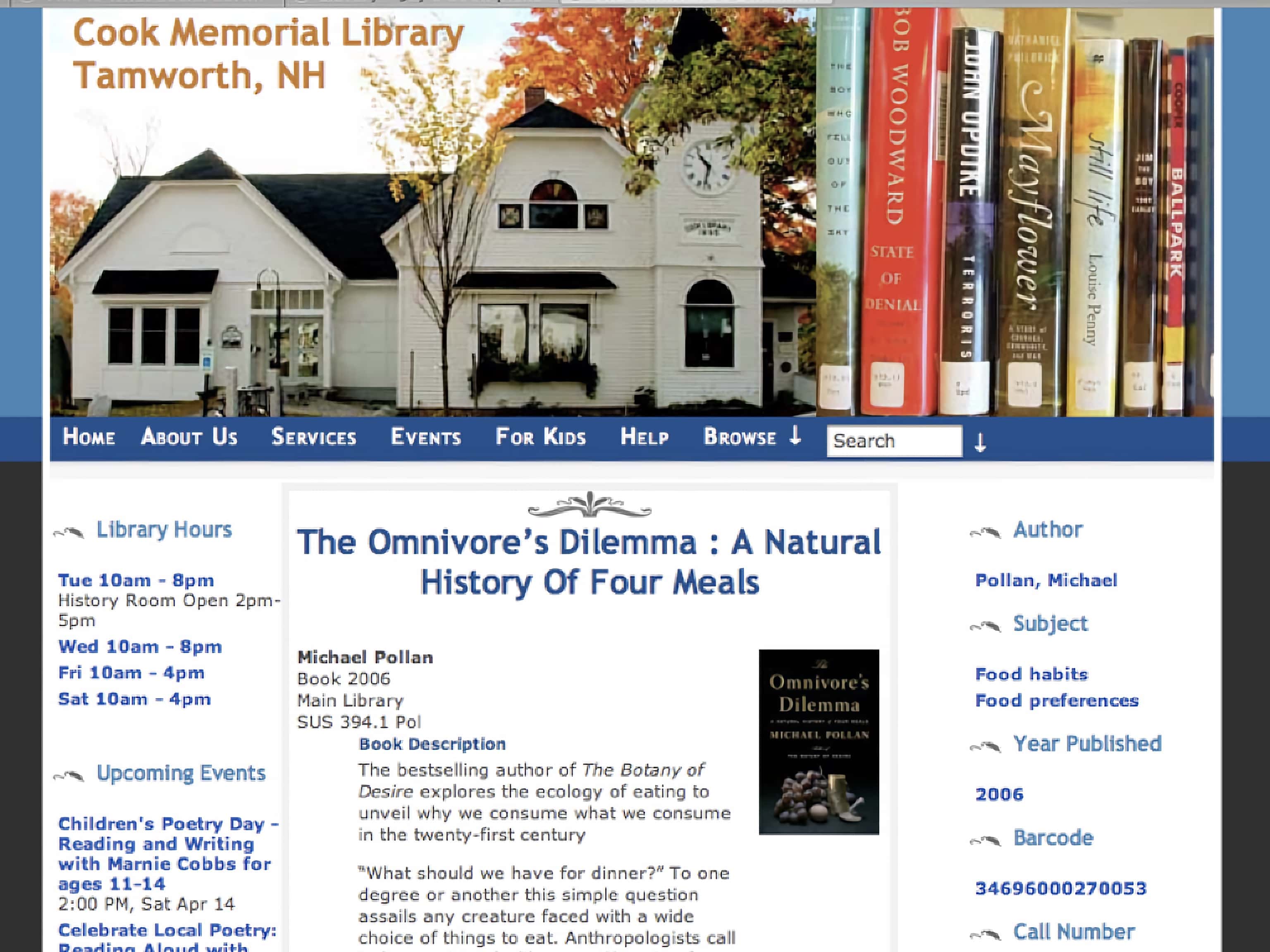
A book as it appears in Scriblio at Tamworth Public Library, in Tamworth NH. The comments on that book have brought like-minded members of the community together.